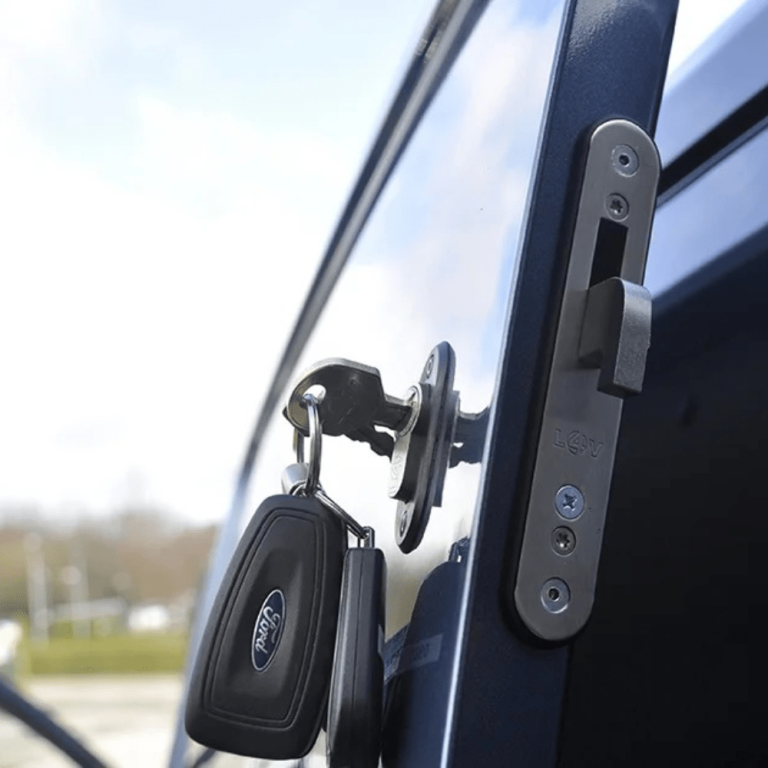Understanding the AC DC TIG Welder
What is an AC DC TIG Welder?
An ac dc tig welder is a versatile welding machine that combines both alternating current (AC) and direct current (DC) welding capabilities. This dual functionality allows welders to work with a wider variety of metals and thicknesses. An AC/DC TIG welder is particularly essential for tasks involving aluminum and magnesium, as AC can effectively break down oxide layers on these metals, ensuring cleaner and stronger welds. Conversely, DC is often employed for welding non-ferrous materials like stainless steel and mild steel, providing solid penetration for thicker materials.
Benefits of Using AC DC TIG Welders
The benefits of using an AC DC TIG welder are multifaceted, maximizing both efficiency and versatility. The ability to switch between AC and DC provides welders with significant control over the heat and penetration of the weld. Some notable benefits include:
- Versatility: AC DC TIG welders can handle a broader range of metals, making them suitable for various applications in industries such as automotive, aerospace, and manufacturing.
- Precise Control: The ability to adjust current allows for meticulous control over the welding process, crucial for delicate welding tasks that require aesthetic considerations.
- Improved Cleaning Action: AC boosts the cleaning action on aluminum, preventing oxide formation and ensuring stronger welds.
Common Applications in Welding
AC DC TIG welders are employed in numerous applications, which include:
- Aerospace Industry: High precision welding for components such as fuel tanks and structural elements.
- Automotive Repairs: Used for welding automotive bodies, piping, and exhausts.
- Artistic Metal Work: Ideal for artists looking to create intricate metal sculptures or installations.
- Fabrication and Manufacturing: Essential for producing high-quality assemblies and machinery components.
Key Features to Look for in AC DC TIG Welders
Power Output and Voltage Options
When choosing an AC DC TIG welder, power output is critical as it determines the maximum thickness of the materials you can weld. A higher amp rating typically allows for better penetration and faster welding speeds. Additionally, voltage compatibility is important, especially for those who may need to utilize the welder in various environments. Most models offer dual-voltage options, making them adaptable to different power supplies.
Control Mechanisms and Efficiency
Modern AC DC TIG welders often come equipped with advanced control mechanisms. Features like pulsing, adjustable frequencies, and pre/post-flow settings allow for improved heat control and reduced distortion in materials. A foot pedal control adds convenience, enabling hands-free operation for improved efficiency during long welding tasks.
Portability and Build Quality
For many welders, particularly those working on site or in varying environments, portability is key. A lightweight and compact model without sacrificing durability is often desired. Additionally, the build quality affects longevity and performance, making it vital to consider the materials used and warranty offered by manufacturers.
Comparing Popular AC DC TIG Welder Models
Top Brands and Their Offerings
Several reputable brands dominate the AC DC TIG welder market, each offering unique features and specifications. Brands such as Miller Electric, Lincoln Electric, and Everlast are known for their reliability and performance. For instance:
- Miller Electric: Known for durability and advanced technology, models like the Miller Dynasty 210 are frequently recommended for high-end applications.
- Lincoln Electric: The Lincoln Square Wave TIG 200 is popular for its easy-to-use interface and versatile capabilities.
- Everlast: The Everlast PowerTIG models are celebrated for providing excellent value for the money, combining high performance with budget-friendly pricing.
Budget vs. High-End Models
When comparing budget and high-end AC DC TIG welders, it’s essential to evaluate what additional features come with the price. Budget models might lack some advanced functionalities like programmable settings, while high-end models might include AUTO set features, better digitization, or enhanced cooling. For novice welders, starting with a mid-range model could provide a good balance between cost and functionality.
User Reviews and Performance Analysis
Performance analysis can often be gathered from user reviews, providing insights into how models perform in real-world conditions. Users often emphasize factors like ease of use, power, and reliability. Sites like Reddit and welding forums are great resources for first-hand user experiences and recommendations, often shedding light on practical challenges faced when using specific models.
Setting up Your AC DC TIG Welder
Essential Tools and Equipment
To effectively set up an AC DC TIG welder, several essential tools are required:
- Protective Gear: Welding helmet, gloves, and protective clothing are critical for safety.
- Electrode: Selecting the right tungsten electrode is vital for the material being welded.
- Filler Rods: These rods must match the material of the workpiece for quality welds.
- Argon Gas Supply: A sufficient supply of argon gas is necessary for shielding during the welding process.
Welding Techniques and Tips
Mastering welding techniques can significantly affect the quality of the final product. Some effective tips include:
- Maintain the appropriate distance between the tungsten and the workpiece to ensure an accurate arc.
- Use a steady motion without rushing to create even beads.
- Adjust the pedal slowly to control heat application, especially when starting or stopping the weld.
Safety Precautions to Follow
Safety is paramount in any welding operation. Always adhere to these precautions:
- Wear protective gear to guard against sparks and UV radiation.
- Ensure adequate ventilation in the workspace to avoid fume inhalation.
- Check equipment for any defects before beginning any project.
Troubleshooting Common Issues with AC DC TIG Welders
Common Problems and Solutions
Common issues encountered with AC DC TIG welders include:
- Inconsistent Arc: Adjusting gas flow rates or electrode positioning can help mitigate this problem.
- Porosity in Welds: Check for contaminated surfaces or inadequate gas coverage as potential culprits.
- Electrode Burn-off: Ensure the proper diameter of the tungsten is selected for the current being used.
When to Seek Professional Help
If you encounter persistent issues that cannot be resolved with regular troubleshooting, or if your machine is exhibiting unusual behaviors, it may be best to consult a professional technician. Ignoring these problems can lead to further damage or safety risks.
Maintenance Tips for Longevity
Maintaining your AC DC TIG welder is crucial for ensuring its longevity and optimal performance:
- Regularly clean the machine and check connections and cables for wear or damage.
- Replace consumables, like electrodes and nozzles, as needed to maintain performance.
- Store the welder in a dry place to avoid rust or moisture damage.





